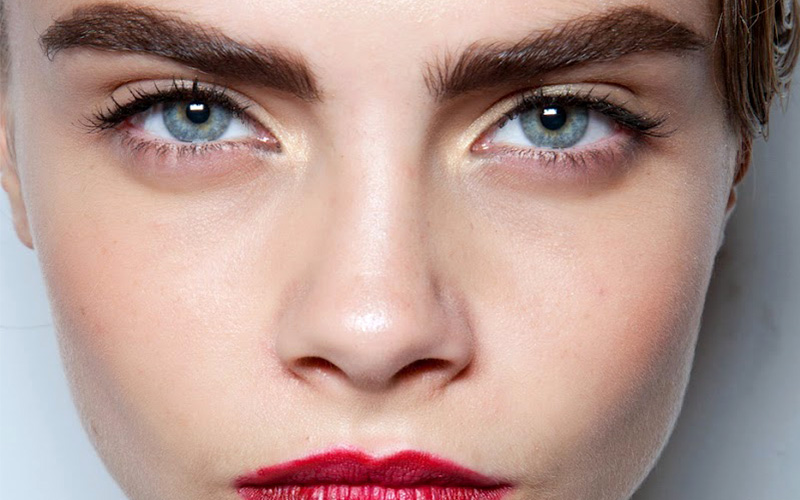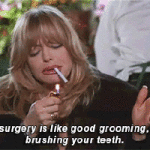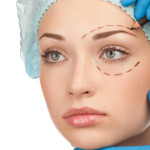Want bolder brows? You could get a brow resurrection like I did a few years ago, but if you have more cash and are less squeamish, an eyebrow transplant can take you to follicular facial nirvana. I’m considering one, if only to see plastic surgeon Dr. Jeffrey E. Schreiber in the flesh, who, upon checking out his site to link to it, I learned is smoking hot. Luckily this was after I interviewed him on the phone for this post. Here, he talks about everything you need to know if you’re considering eyebrow transplants to achieve your “arch-eologist” goals.
Why Get An Eyebrow Transplant?
The reasons are myriad, but Dr. Schreiber says that many of his patients simply over-plucked when that was the look for brows in the‘70s and/or the ‘90s. “Some patients were born without part of their eyebrow, some over-pluck due to habit,” he explains. “Sometimes they just want a little more volume on the the outside portion of the eyebrow.”
Follicular Unit Transplant versus Neografting
Dr. Schreiber says that the main difference is that Neografting (also called the strip method) is automated while a Follicular Unit Transplant is by hand. “Neografting allows us to be faster, so that I can harvest up to 3,000 grafts at at time,” he explains. “It comes down to whether patients want a scar on the back of the scalp,” he explains. If your hair is short, you may want to opt for Neografting, as you’ll leave without a scar. He says that men or women with long hair can get the strip method, as no one will see the scar unless you shave your head bald.
The Consultation
Before the procedure, the consultation takes 45 minutes. There, Dr. Schreiber goes over the patient’s aesthetic goals, takes pictures and gives instructions about what to do before and after the procedure. Like any procedure, no aspirin before. If you do the Neograft method, he recommends that men get a short haircut in the back of the head. “We have to shave a small area to get the grafts out,” he explains.
The Procedure
Eyebrow transplants takes about two hours, costing about $2,500 per eyelid. The recovery period is a week and the pain level for this procedure is low. There’s a little more pain with the scar with the strip method, Dr. Schreiber says. “We use marcaine, a long-lasting numbing medication, that lasts for 8 hours and the pain is well controlled for one or two days,” he explains. Once you’re home and recovering, Tylenol and Motrin take care the pain. “It’s so manageable that I do the whole thing under local anaesthesia,” he says. He skips sedation, opting to give his patients Xanex, which also makes for an easy recovery. After the surgery, he recommends keeping your head elevated to help the numbing medicine to drain. As with most procedures, it’s recommended that you do no exercise for a week, and Dr. Schreiber prescribes an antibiotic just in case. He gives his patients his cell phone number in case of emergencies. After three days, you can wash your face (it has to be kept dry the first few days).
The Results
It’s important to note that the hair grows like the hair on your head, as that’s where it originated. That means you’ll have to trim it more often than you normally would your brows. Overall, Dr. Schreiber says that it’s a very successful procedure. Occasionally, patients find there’s not as much volume as they’d like. “If you want more volume, you can repeat the procedure,” he says. “It takes a year for the hair to come in, so after a year, you can do it again.” After the transplant, the hair goes into the telogen phase, or hibernation phase. “The hairs wake up in 3-4 months and grow back in different rates and we see the final result within a year,” he explains. “Then we do a final assessment, and most patients are happy.” When he has redone the procedure, he says it’s fewer grafts and therefore, pretty quick.
Have you considered getting brow transplants or permanent makeup?









Pingback: Tuesday Links I Love | Honestly Jamie
It’s worth reading, really enjoyed it! 🙂